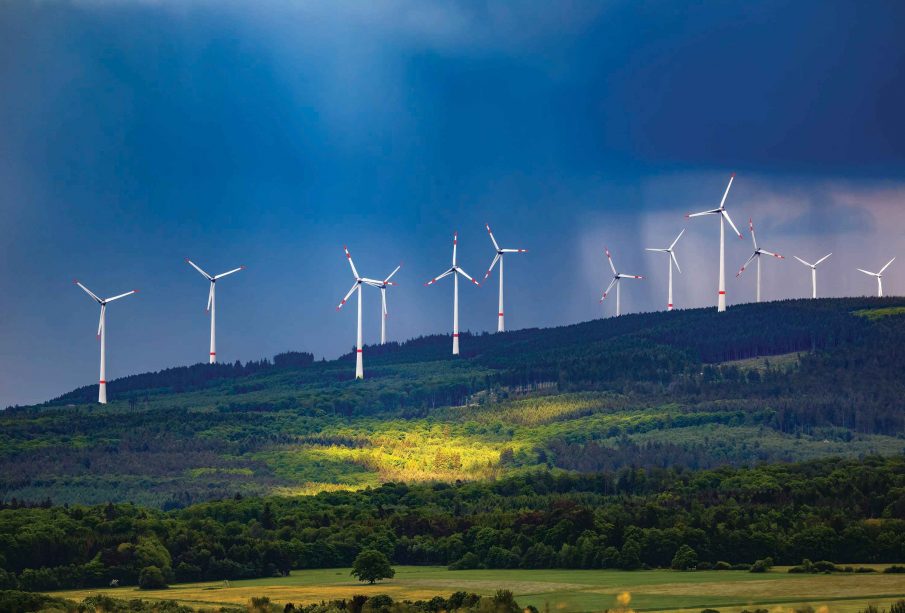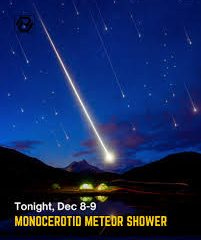The National Grid: A Backbone of UK’s Energy Security

Introduction to the National Grid
The National Grid is an essential system that plays a critical role in the United Kingdom’s energy infrastructure, connecting electricity producers with consumers. As a highly integrated network, it is responsible for delivering electricity across the whole country, ensuring that power supply meets demand. Given the increasing focus on sustainability and renewable energy integration, understanding the dynamics of the National Grid is more important than ever.
Current Status and Developments
As of late 2023, the National Grid faces several challenges and opportunities. With the UK’s ambitious goal of achieving net-zero carbon emissions by 2050, the grid must adapt to accommodate a growing diversity of energy sources, including wind, solar, and nuclear power. Recent reports indicate that renewables accounted for over 40% of the UK’s electricity generation in 2022, highlighting the rapid transition towards greener alternatives.
The National Grid Electricity System Operator (ESO) has been proactive in managing this shift. They are implementing a range of innovative solutions such as demand side response, battery storage, and enhanced interconnectors with neighbouring countries. These initiatives are designed to make the grid more resilient and flexible, allowing it to adjust rapidly to fluctuations in energy supply and demand.
Challenges Ahead
Despite these advances, the National Grid faces significant hurdles. The intermittency of renewable energy sources poses a challenge for maintaining a reliable supply. Moreover, infrastructure upgrades are necessary to handle the increasing volume of electricity that will be generated from distributed sources. There are also concerns about how rising electricity demand, driven by electric vehicles and digital technologies, will impact grid stability.
Looking to the Future
In light of these challenges, the National Grid is not just a network but a dynamic system that will require constant evolution. Experts are urging investment in smart grid technology, battery storage solutions, and increased interconnectivity with other energy systems across Europe to ensure a robust energy future. Furthermore, consumer participation will become increasingly vital, as households begin to generate and store their own energy.
Conclusion
The National Grid is a foundational component of the UK’s energy landscape. Its ability to adapt to changing demands and integrate new technologies will determine the success of the UK’s energy transition. For consumers, businesses, and policymakers alike, staying informed about developments in the National Grid will be crucial for navigating the future of energy security in the UK.









